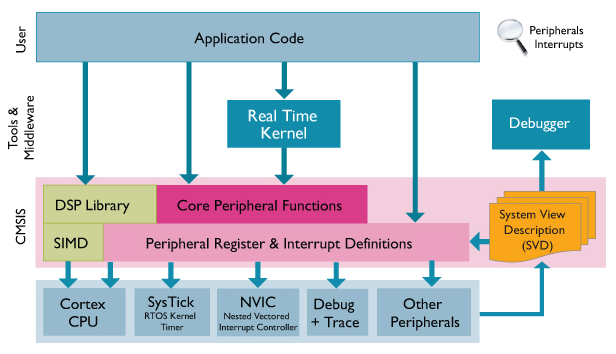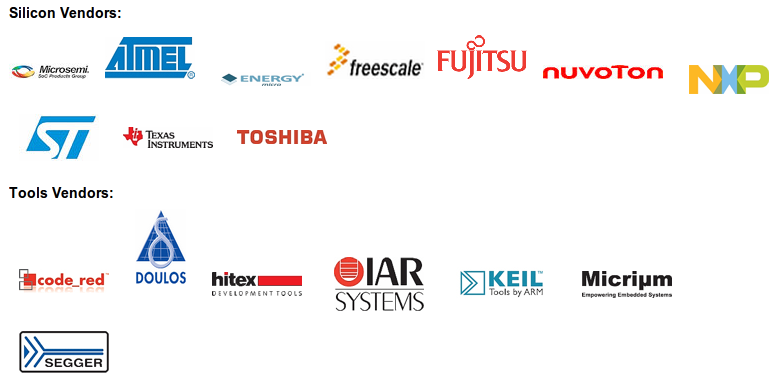Introduction
ARM is a 32-bit reduced instruction set computer (RISC) instruction set architecture (ISA) developed by ARM Holdings.
It was named the Advanced RISC Machine, and before that, the Acorn RISC Machine.
The ARM architecture is the most widely used 32-bit instruction set architecture in numbers produced.
Originally conceived by Acorn Computers for use in its personal computers, the first ARM-based products were the Acorn Archimedes range introduced in 1987.
The relative simplicity of ARM processors makes them suitable for low power applications.
As a result, they have become dominant in the mobile and embedded
electronics market, as relatively low-cost, small microprocessors and
microcontrollers.
In 2005, about 98% of the more than one billion mobile phones sold each year used at least one ARM processor.
As of 2009, ARM processors account for approximately 90% of all
embedded 32-bit RISC processors and are used extensively in consumer
electronics, including personal digital assistants (PDAs), tablets,
mobile phones, digital media and music players, hand-held game
consoles, calculators and computer peripherals such as hard drives and
routers.
(source: Wikipedia)
For those unfamiliar with the family CORTEX we give some preliminary clarifications.
In general, the main features of ARM core are:
Core 32bit
RISC architecture
Excellent relations DMips/Watt
Some years ago, ARM has launched a new generation of its core identified by the name: CORTEX
The family is divided into three subfamilies:
The
x indicates that after the letter (A, R, M) is a number that identifies in detail the core.
The ARM families are divided in three macro areas, see below.

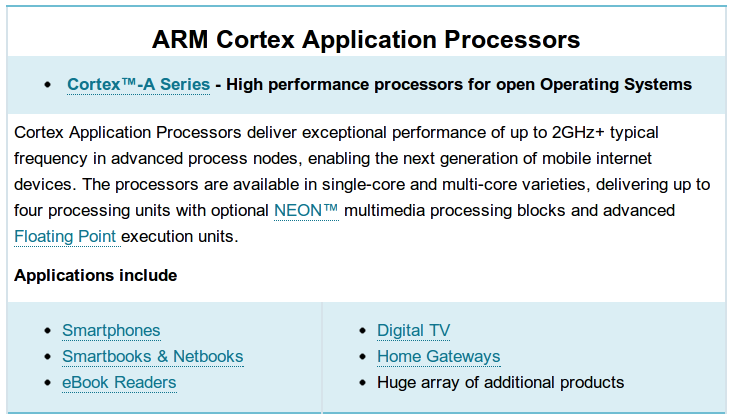
 In this page we will highlight the Cortex Mx family
In this page we will highlight the Cortex Mx family (Embedded Processors)
, in particular
we will analyze the M0, M3 and M4.
Embedded Processors are
primarily focused on delivering highly deterministic real-time
behaviour in a wide range of power sensitive applications.
These processors often execute a Real-Time Operating System (
RTOS) alongside user-developed application code, and hence only require a
Memory Protection Unit (
MPU) as opposed to the MMU available in the Application Processors.
The
Cortex™-M0...M3 processors
have been designed to deliver industry-leading deterministic
behaviour, lowest sleep and dynamic power, and smallest area possible
whilst maintaining high processing efficiency.
The
Cortex-Rx delivers a
roadmap from Classic ARM processors including the ARM7...11™ families,
enabling existing applications to be easily ported to a higher
performance platform.
The family
CORTEX Mx is divided into four subgroups that are:
M0,
M1,
M3 and
M4.
The computing power of CORTEX Mx is in the range from
0.84 DMips/MHz to
1.25 DMips/MHz.
ARM consider obsolete the families: ARM7, ARM9 and ARM11.
Parts Cost
It is no secret that ARM Cortex M family are pushing the price/performance ratio to heretofore unseen levels.
The main target of comparison between ARM Cortex M family is traditional 8 and 16 bit microcontrollers.
Long considered the cheapest mainstream alternative, 8 bit
microcontrollers are facing considerable competitive pressure from ARM
Cortex M family.
In general, when the pin-out of the 8/16 bit MCUs are close to 28/32, it should be evaluated also at the CORTEX M family.
STM and NXP Cortex M3 price is under 1$ for 10Kps.
The Cortex Mx core, instructions & Compatibility
Below there are the M0, M3 and M4 core.
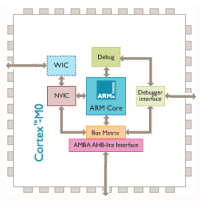
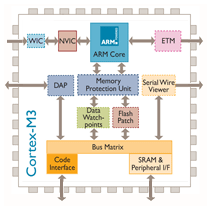

Below there is the instruction set concerning M0, M1, M3, M4 and M4F.
As you see there are a complete binary compatibility.
Performances & differences from M0, M1, M3 and M4 core
Performance
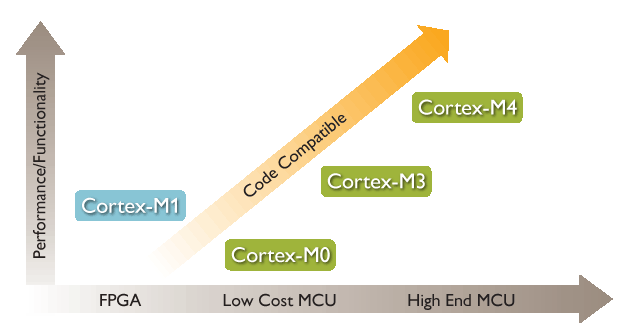

Code size
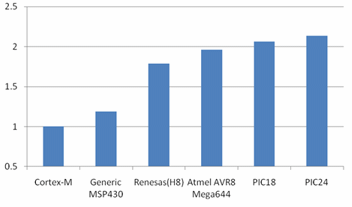
Differences from M0, M3 and M4

















